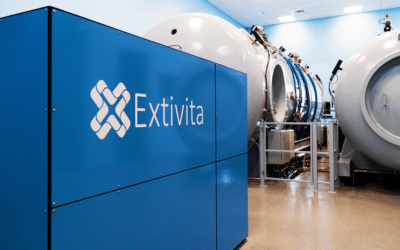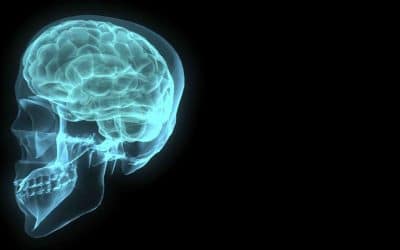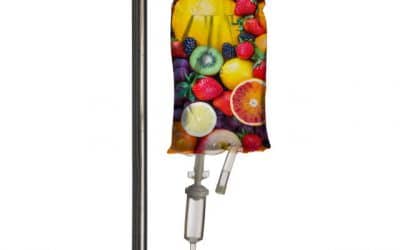Concussions are a type of traumatic brain injury (TBI) caused by a blow or jolt to the head or body, resulting in the brain rapidly moving back and forth inside the skull. While they are often considered mild injuries, concussions can have serious and lasting effects...
Concussion
Hyperbaric Oxygen Therapy (HBOT) Research for concussion.
Hyperbaric oxygen therapy in children with post-concussion syndrome improves cognitive and behavioral function: a randomized controlled trial
Abstract Persistent post-concussion syndrome (PPCS) is a common and significant morbidity among children following traumatic brain injury (TBI) and the evidence for effective PPCS treatments remains limited. Recent studies have shown the beneficial effects of...
Systematic Review and Dosage Analysis: Hyperbaric Oxygen Therapy Efficacy in Mild Traumatic Brain Injury Persistent Postconcussion Syndrome
Background: Mild traumatic brain injury results in over 15% of patients progressing to Persistent Postconcussion Syndrome, a condition with significant consequences and limited treatment options. Hyperbaric oxygen therapy has been applied to Persistent Postconcussion...
Changes in attentional processing following neurofeedback in patients with persistent post-concussive symptoms: a pilot study
Abstract Objective: Persistent post-concussive symptoms (PPCS) often include attention deficits, particularly orienting and executive attention. Research in other clinical populations has demonstrated that neurofeedback therapy (NFT) is effective at improving...
Systemic Inflammation Persists the First Year after Mild Traumatic Brain Injury: Results from the Prospective Trondheim Mild Traumatic Brain Injury Study
Abstract Innate immune activation has been attributed a key role in traumatic brain injury (TBI) and successive morbidity. In mild TBI (mTBI), however, the extent and persistence of innate immune activation are unknown. We determined plasma cytokine level changes over...
Role of NAD +-Modulated Mitochondrial Free Radical Generation in Mechanisms of Acute Brain Injury
Abstract It is commonly accepted that mitochondria represent a major source of free radicals following acute brain injury or during the progression of neurodegenerative diseases. The levels of reactive oxygen species (ROS) in cells are determined by two opposing...
Management of Concussion and Mild Traumatic Brain Injury: A Synthesis of Practice Guidelines
Abstract At least 3 million Americans sustain a mild traumatic brain injury (mTBI) each year, and 1 in 5 have symptoms that persist beyond 1 month. Standards of mTBI care have evolved rapidly, with numerous expert consensus statements and clinical practice guidelines...
High-Dose Intravenous Ascorbic Acid: Ready for Prime Time in Traumatic Brain Injury?
Abstract Traumatic brain injury (TBI) is one of the leading public health problems in the USA and worldwide. It is the number one cause of death and disability in children and adults between ages 1-44. Despite efforts to prevent TBIs, the incidence continues to rise....
The role of pulsed magnetic fields in the management of concussion and traumatic brain injury
Abstract Traumatic brain injury (TBI) is a complex clinical phenomenon. (Raji) The classic designations of mild, moderate, or severe TBI are based on the acute clinical presentation and do not necessarily predict the long-term outcome. The long held assumption that...









